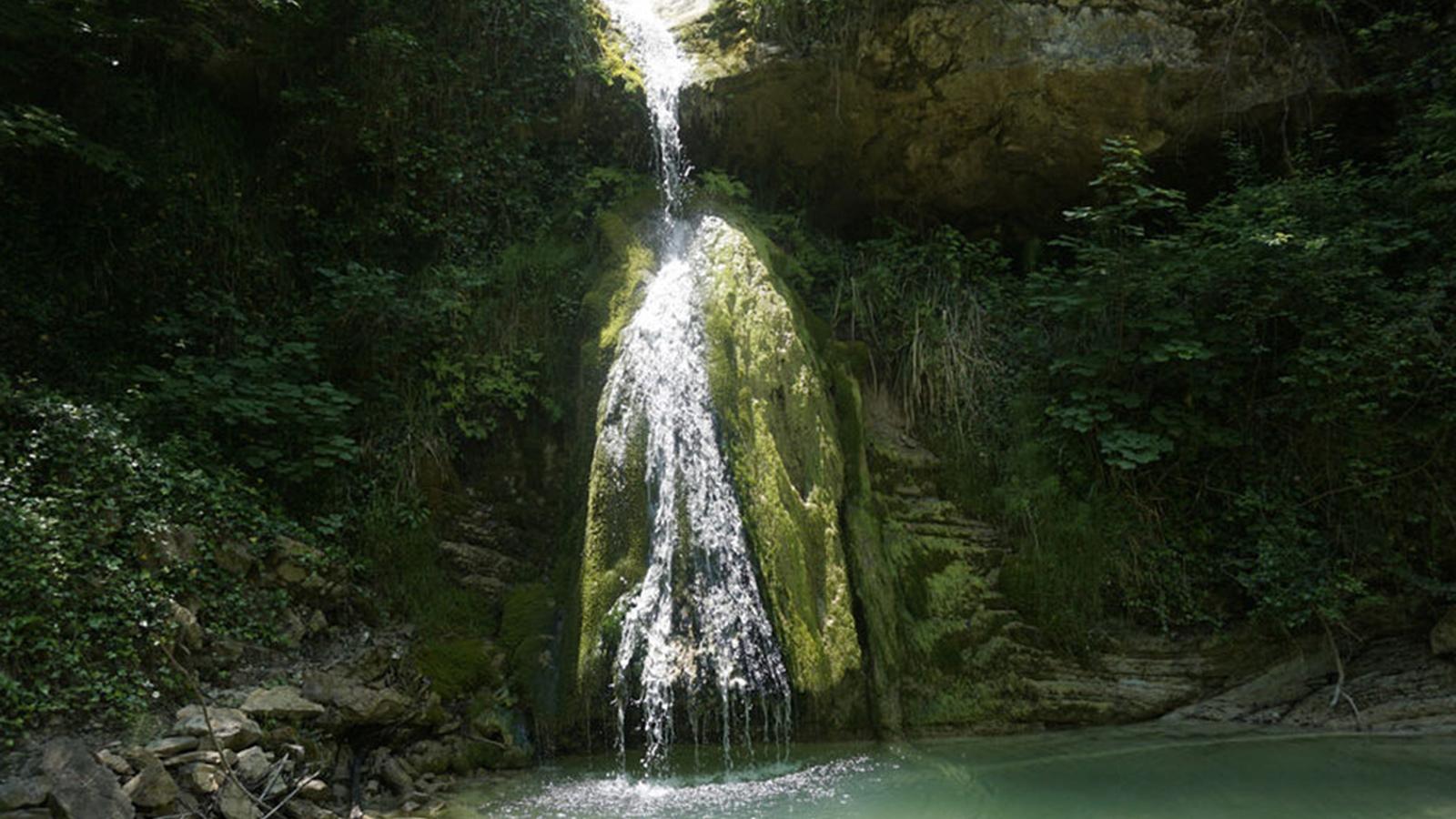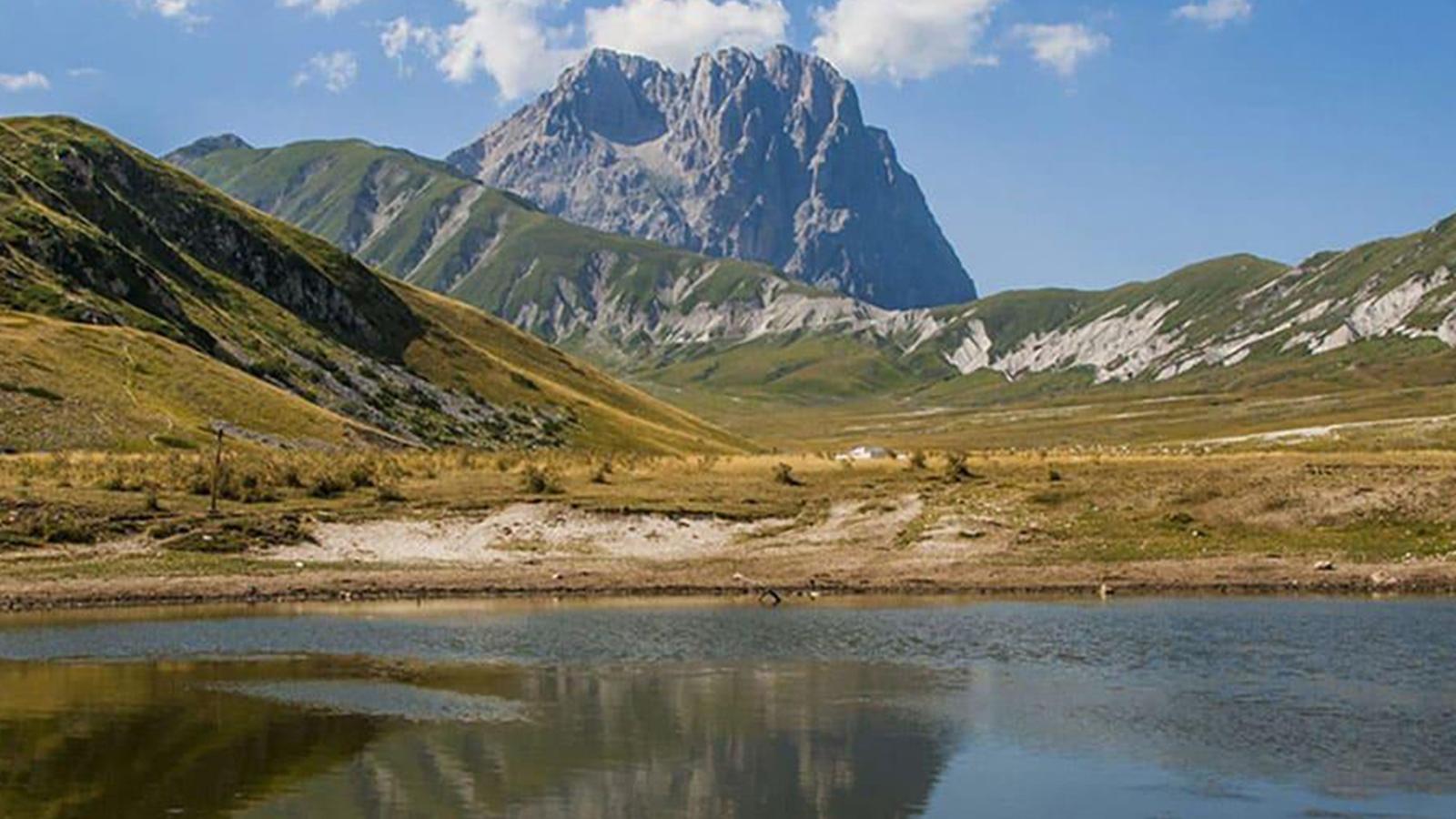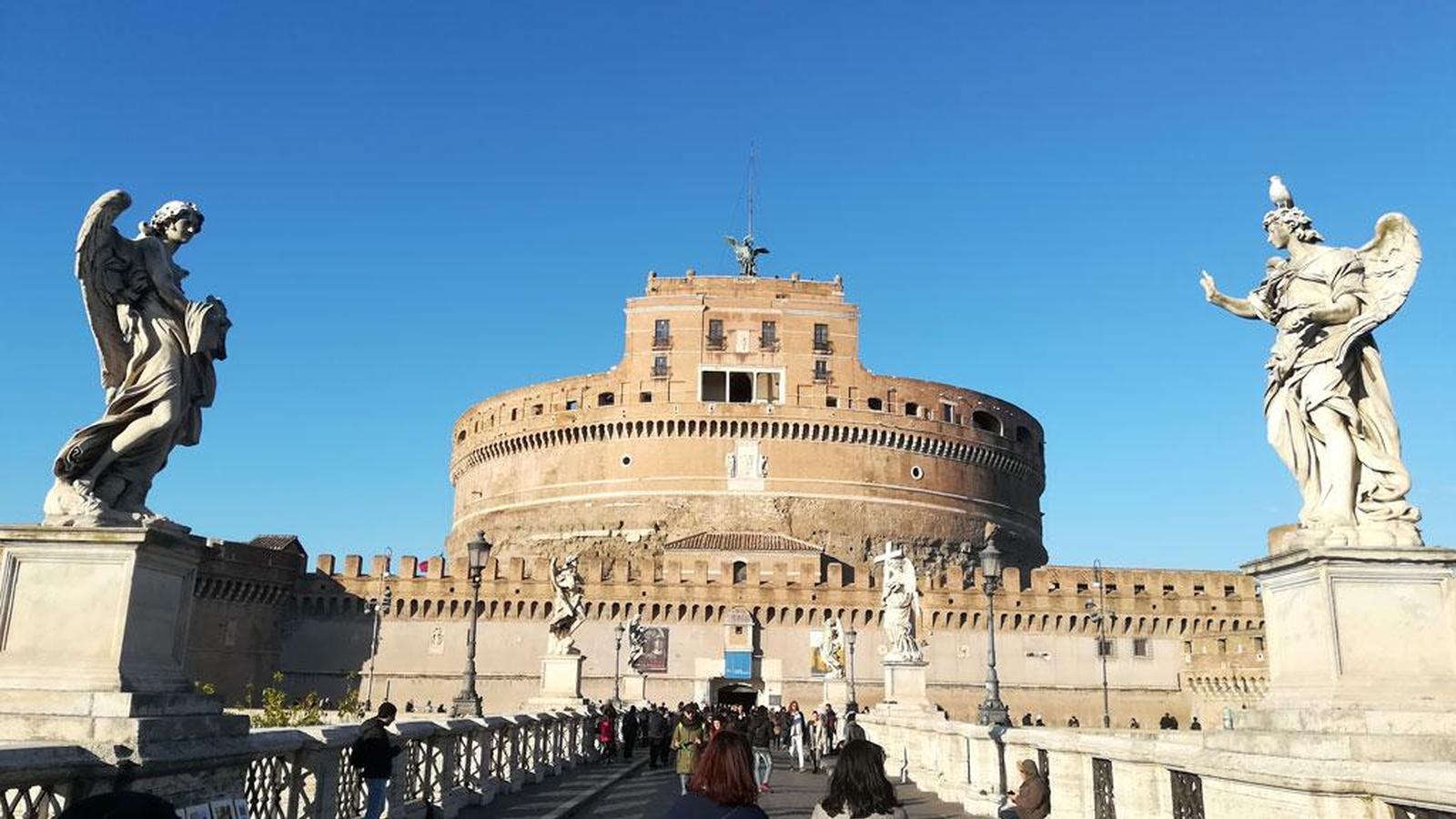History
Located in the province of Chieti, in the enchanting region of Abruzzo, the picturesque village of Altino is a place steeped in millennia of history that captivates visitors with its beauty and timeless charm. Its roots extend deep into the past, dating back to remote epochs, and its history weaves a fascinating tapestry of events that have shaped the cultural landscape of this small community.
The origins of Altino can be traced back to the Roman era when it was founded as a Roman colony. During this period, Altino experienced a period of growth and prosperity, as evidenced by the archaeological remains that still emerge in the surrounding area. The Roman influence is evident in the town's structure and urban organization.
However, Altino's history goes beyond the Roman era. Over the centuries, the village was subject to various dominations and conquests. During the medieval period, Altino was contested by various powers, including the Lombards, Normans, and local Lords. These conflicts and shifts in power left their mark on the architecture and culture of the village.
A significant moment in Altino's history was the Swabian and Angevin period in the 13th century. During this time, the Altino Castle was built as a defensive fortress. Its strategic hilltop location allowed for the surveillance and protection of the surrounding region. Today, the castle stands as an important point of historical interest and offers breathtaking panoramic views of the Abruzzo countryside.
Altino continued to evolve in the subsequent centuries. During the Renaissance, the village experienced a period of cultural and artistic growth, with the creation of artworks and the arrival of important noble families. Throughout the years, Altino has maintained its unique cultural identity, passing down traditions and customs that are still witnesses to its history.
Today, Altino welcomes visitors with its historical charm and enchanting atmosphere. Its narrow cobbled streets, traditional stone houses, and captivating corners offer an authentic experience to those who visit the village. Altino is a place where the past and present harmoniously blend, offering visitors a unique opportunity to immerse themselves in the history and culture of Abruzzo.
For those interested in Altino's history, the village also offers small museums and archaeological sites that tell its story. Visitors can explore traces of the past, admire historical artifacts, and discover the fascinating details of this ancient community.
Travel Diary
Right after visiting the beautiful village of Roccascalegna, recommended by the Mayor, we arrived in Altino, a village of 3,158 inhabitants in the province of Chieti. Even though the trip was organized at the last minute, Mayor Vincenzo Muratelli welcomed us and broadly shared the history of this splendid village. Besides the architectural beauties of the place and the extraordinary birth rate (the highest in Abruzzo in the last 15 years), he explained their greatest treasure, for which they are known worldwide: the sweet pepper. The Community's own history could be told through this flavorful vegetable: eleven years ago, the first gastronomic festival was held, still taking place in the penultimate week of August. During this period, a culinary challenge takes place involving the village, where first courses, main courses, and desserts made with sweet peppers are prepared. Another great peculiarity of this pepper is that it's used in "ventricina," a typical salami from the Vasto area known everywhere.
Intrigued by this characteristic feature of the place, the Mayor entrusted us to the knowledgeable hands of Monica Granata and Michele Scutti, who guided us to the Museum dedicated to the sweet pepper, providing detailed explanations about every aspect of this wonder. The Museum is located inside Altino and is extraordinary in its specificity. Firstly, our guides (the lady also managing the space) explained that the town is twinned with Kalocsa, a Hungarian town famous for paprika. An international gastronomic connection, a sign that good food is essential for a community everywhere.
The sweet pepper (in dialect "pipindone" because it was originally thought to come from India, hence "pepper from India") has a peculiarity: it grows upwards, unlike what is expected, as they say "cocc cap nball." It's an antioxidant, full of Vitamin C and D, and in Altino, it's used for everything: creams, jams, honey. Years ago, a reinterpretation of the traditional "parrozzo" cake with this ingredient won a prize as a gourmet dessert. The taste is sweet, with a vibrant red color, and its properties are enhanced during processing. The drying process is carried out on the hillside.
Continuing the tour of the charming space, we noticed strings of peppers that our grandmothers used to hang, using them to flavor many dishes: "cif e ciaf," pizza, "fuje," eggs, etc. We also saw mortars, ancient instruments used to grind dried peppers: after removing the seeds, they were sieved and crushed.
The entire Museum was filled with stories of times past, when our ancestors saw the Earth as a source of wealth and respect. In fact, the last part of the tour involved listening, through audio, to the old stories of the village's elders, their relationship with this treasure, and their journeys to market it: journeys that today can be made in five minutes by car but at that time took days.
And we became children again, with our grandparents' tales, their stories, and dramas, their joyful achievements. I imagined some local elders, gazing at the hill and the splendid Sangro Valley, holding the red gold of their Land in their hands.
Altino Castle
Built in the 12th century, Altino Castle stands on a hill that dominates the surrounding landscape. Its massive stone walls, imposing towers, and breathtaking panoramic views create a suggestive atmosphere that transports visitors back in time to an era of knights, ladies, and medieval adventures.
Once inside the castle, visitors will have the opportunity to explore its various sections and admire the architectural details that testify to its past grandeur. The majestic defensive walls tell stories of battles and conflicts, while the watchtowers offer spectacular views of the surrounding Abruzzo countryside.
Every corner of Altino Castle has a story to tell. Its interior rooms, courtyards, and spaces have witnessed historical events and daily life over the centuries. Walking through the rooms and areas, one can sense the atmosphere of a bygone era and imagine the life that unfolded within its walls.
In addition to its imposing architecture, Altino Castle also hosts exhibitions and cultural events that allow visitors to delve deeper into the history and culture of the place. The exhibitions offer a more detailed insight into life in the castle and its transformations over the centuries.
Altino Castle is also an ideal destination for photography enthusiasts. Its towers and panoramic views offer picturesque scenery that captures the imagination and becomes the perfect subject for unforgettable shots.
Conclusion
Altino is a unique destination that offers a captivating blend of history, culture, and natural beauty. Plan your visit to Altino and be prepared to be enchanted by its charming atmosphere and millennia-old history. Don't forget to optimize your online search to find the best travel deals and make sure to include Altino on your travel wish list.








